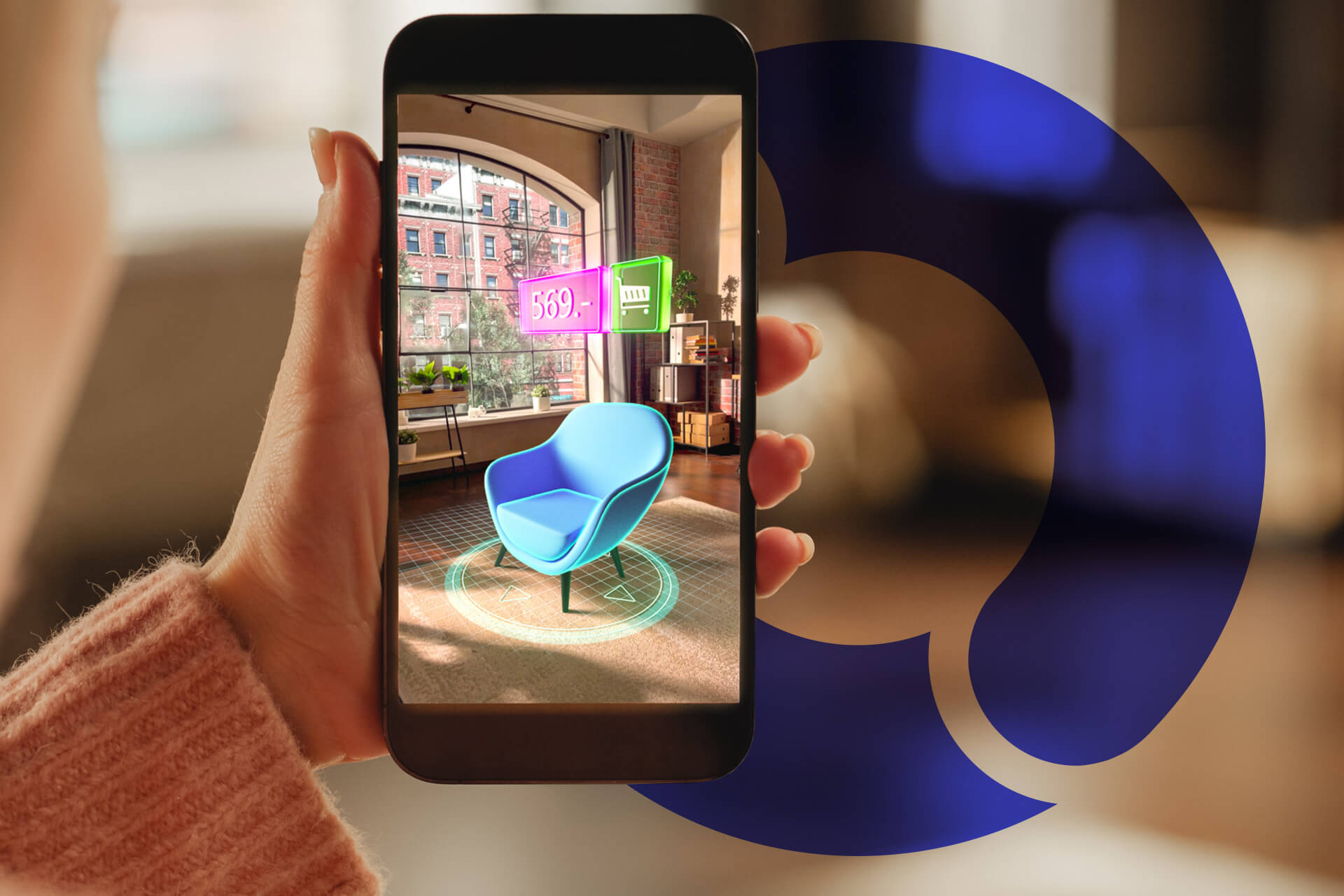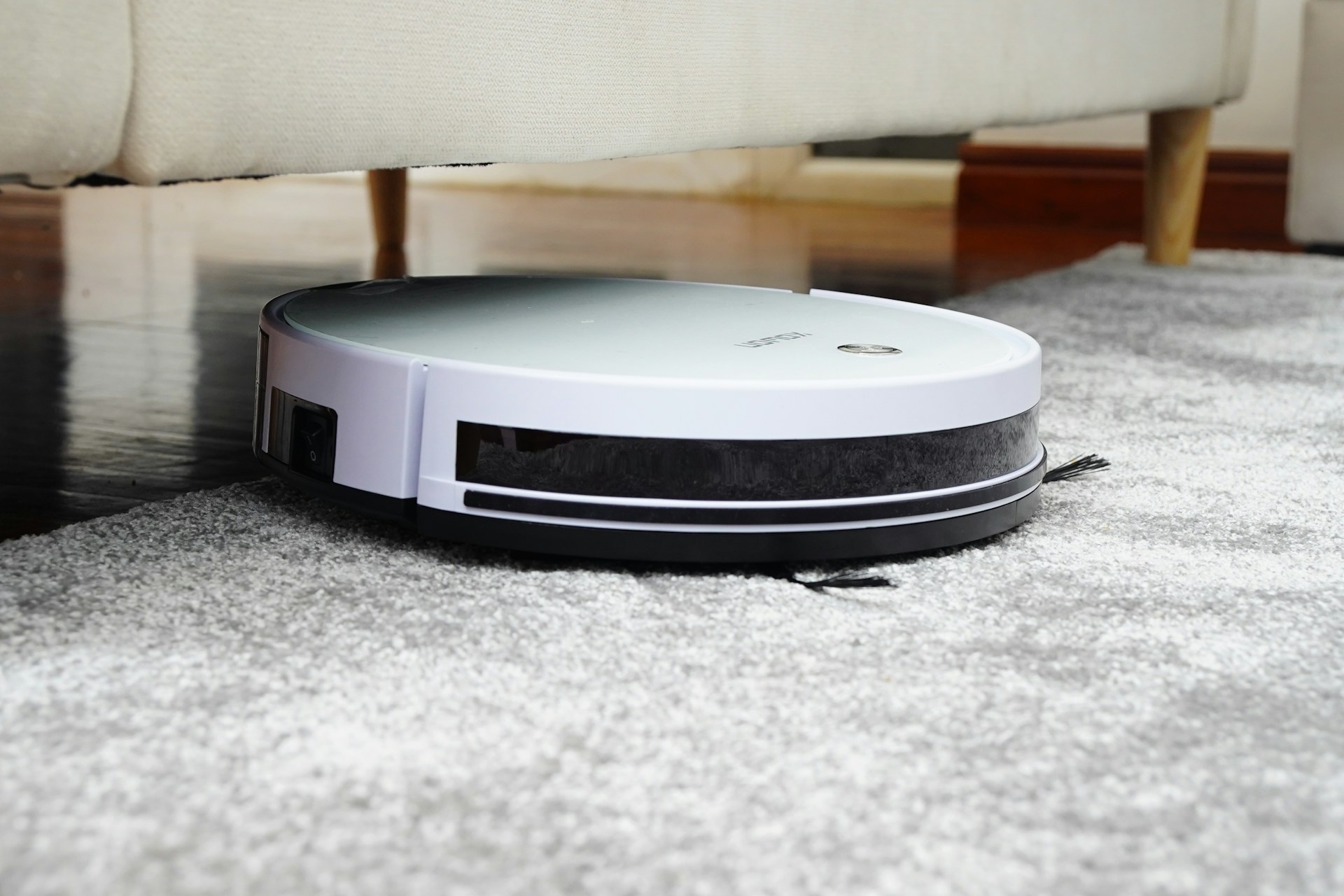
Will Augmented Reality Go Mainstream in 2018?
March 27, 2018 - Emily Newton
Revolutionized is reader-supported. When you buy through links on our site, we may earn an affiliate commission. Learn more here.
There’s absolutely no way to deny the potential of virtual reality technologies in the modern age. There are so many use cases for it, the list is seemingly endless. But a lot of the potential also comes from augmented reality, an offshoot of VR.
In fact, it’s looking more and more likely this will be the year augmented reality goes mainstream, and really disrupts a variety of industries and business processes. To first understand what’s so special about it, you have to know the difference between AR and VR. If you already do, feel free to skip past the next section.
AR vs. VR: Which Is Better?

VR is any immersive experience that places you in another world. Through most of its applications, you don a headset that delivers an audio and visual experience like none other.
In a VR game, you might jump behind the wheel of a racing vehicle, for instance. In another experience, you might take a tour of the prehistoric era.
Virtual reality can build a representation of the real world — or an entirely new one — through a digital experience. Augmented reality uses similar technology and mechanics, but it refers to the act of putting or displaying digital content in the real world. Google Glass is one of the best-known applications of this technology. Pokémon Go — a wildly popular mobile game that allows people to catch virtual monsters in locations all over the globe — is another.
What separates VR from AR is the “reality” in which they take place. VR often happens in an entirely digital realm, whereas AR digitally overlaps with real life. The content presented by both technologies is not real. You’re not driving a race car, nor are you capturing cute little monsters in the real world.
As for which technology is better, they’re about equal. It’s more about the circumstances surrounding how you plan to use each technology. On a construction site, for instance, you wouldn’t want your workers stumbling around while wearing a VR headset. They need to be able to see their environment and current whereabouts. The better option is AR glasses designed to overlay digital information in the real world.
How AR Is Used
Now that you understand the difference, we can take a closer look at how augmented reality is making an impact in the world today, and how that’s going to help earn it mainstream status.
For starters, the initial buy-in for AR vs. VR is a lot lower. Nearly everyone uses a smartphone daily, and believe it or not, most phones are highly capable of displaying and interacting with AR content. Pokémon Go is the most obvious example, but there are others too, such as Snapchat filters. IKEA even offers a unique experience that allows you to see what various pieces of their furniture would look like in your home.
Support for AR experiences on mobile is also robust, thanks to Apple’s ARKit and Google’s ARCore development tools.
But mobile isn’t the only platform that can deliver an AR experience. There are mixed-reality and eyewear devices that do the same thing. Microsoft HoloLens is the premier choice, but there are many, many others.
AR In the Real World
To truly understand the potential of this technology, it helps to see AR in action.
One of the better examples is how PepsiCo used AR to outfit a bus stop display and prank commuters. A camera on the rear side of the poster made it seem as if viewers were looking through glass. At the same time, the glass showed wacky digital content like a rampaging tiger, a crashing meteor and even a tentacled monster.
The United States Army is also making use of AR through a platform called Tactical Augmented Reality, or TAR. It’s an eyepiece soldiers can wear in active combat to see the positions and information about others nearby, friend or foe. The eyepiece syncs with an app on a tablet the soldiers wear. The goal of TAR is to completely replace night-vision goggles, allowing soldiers to see in the dark and gain extra insights about their surroundings.
Imagine something similar to the TAR eyepiece in construction or project management. You could see everything laid out in the real world, including blueprints, ductwork, internal plans and much more. It would make the job a whole lot easier, that’s for sure.
The technology to do such a thing is not far off, either. Builders and architects are already experimenting with devices like the Microsoft HoloLens to make this happen.
One of the biggest challenges, at least currently, is how to slim down the technology and headsets for use in real-world situations. Like we said, you don’t want a bunch of your workers bumbling their way around a construction site, blind to their surroundings. Google Glass was a great start, and while Microsoft’s HoloLens does certainly look futuristic, it’s a little too bulky to carry around most job sites.
Therein lies the rub, but we wholeheartedly believe augmented reality will go mainstream this year. Not only are there a plethora of use cases for the tech, there are just as many real-world cases for how people are already implementing it. From gaming and entertainment to military and training — the possibilities and opportunities are truly limitless.
Revolutionized is reader-supported. When you buy through links on our site, we may earn an affiliate commission. Learn more here.
Author
Emily Newton
Emily Newton is a technology and industrial journalist and the Editor in Chief of Revolutionized. She manages the sites publishing schedule, SEO optimization and content strategy. Emily enjoys writing and researching articles about how technology is changing every industry. When she isn't working, Emily enjoys playing video games or curling up with a good book.







